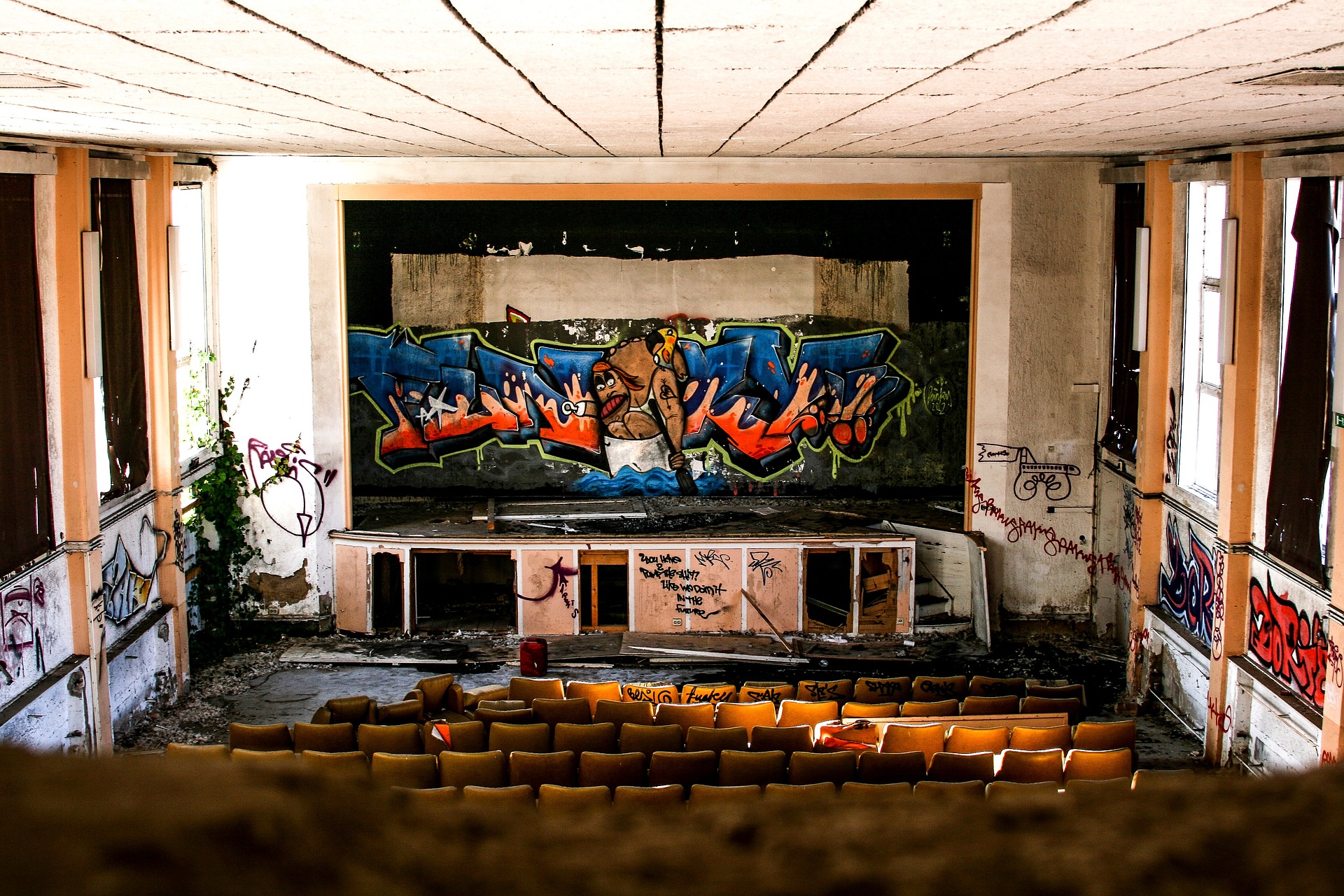"Digital Canvas: The Rising Influence of NFT Art in the Contemporary Art Scene"
Introduction: In the ever-evolving world of arts and entertainment, a new player is making waves - Non-Fungible Tokens (NFTs). As they redefine the boundaries of art ownership and creation, NFTs are reshaping the landscape of contemporary art. This article delves into the origins, current status, and impact of NFT Art.
Birth of a New Medium: NFT Art
Non-Fungible Tokens, or NFTs, are unique digital assets stored on the blockchain, the same technology underlying cryptocurrencies like Bitcoin and Ethereum. NFTs have been around since 2014, but their application to art only gained traction in 2020. Unlike traditional art pieces, NFT Art does not physically exist. They are entirely digital creations, with their value and ownership securely stored on a virtual ledger.
Making Headlines: Recent NFT Art Sales
The NFT art market has been booming, with several high-profile sales catapulting it into the public consciousness. In March 2021, a digital collage by the artist Beeple (real name Mike Winkelmann) was sold as an NFT for a staggering $69.3 million at Christie’s auction house. This sale marked a significant turning point, bringing NFT Art into the mainstream and sparking widespread conversation about its legitimacy and value.
Shaking Up the Art World: Impact of NFT Art
NFT Art is disrupting traditional notions of art ownership and creation. For creators, it offers an unprecedented level of control over their work. Artists can sell their work directly to collectors, bypassing galleries and auction houses. Furthermore, smart contracts embedded in NFTs allow artists to receive royalties each time their work is resold. For collectors, NFTs provide proof of ownership and authenticity, addressing long-standing issues of forgery and theft in the art world.
Critiques and Challenges: The Reception of NFT Art
While NFT Art has its proponents, it is not without its critics. Some argue that the high energy consumption of blockchain technologies contributes to environmental degradation. Others question the speculative nature of the NFT Art market, likening it to a financial bubble. Additionally, the concept of owning digital art that can be freely viewed and copied online is a contentious issue.
Looking Ahead: The Future of NFT Art
The future of NFT Art is still unfolding, and its long-term influence on the arts and entertainment industry is yet to be seen. Some predict it will democratize the art world, allowing more artists to monetize their work and gain exposure. Others foresee a regulatory backlash due to the market’s current lack of oversight. Regardless, NFT Art represents a fascinating intersection of art, technology, and finance, making it a trend worth watching.
In its short existence, NFT Art has triggered a seismic shift in the arts and entertainment industry. By blurring the lines between the physical and virtual, tangible and intangible, it prompts us to question and reconsider what art is and can be. As we continue to navigate this digital frontier, one thing is clear: NFT Art is here to stay, and its impact will be felt for years to come.





